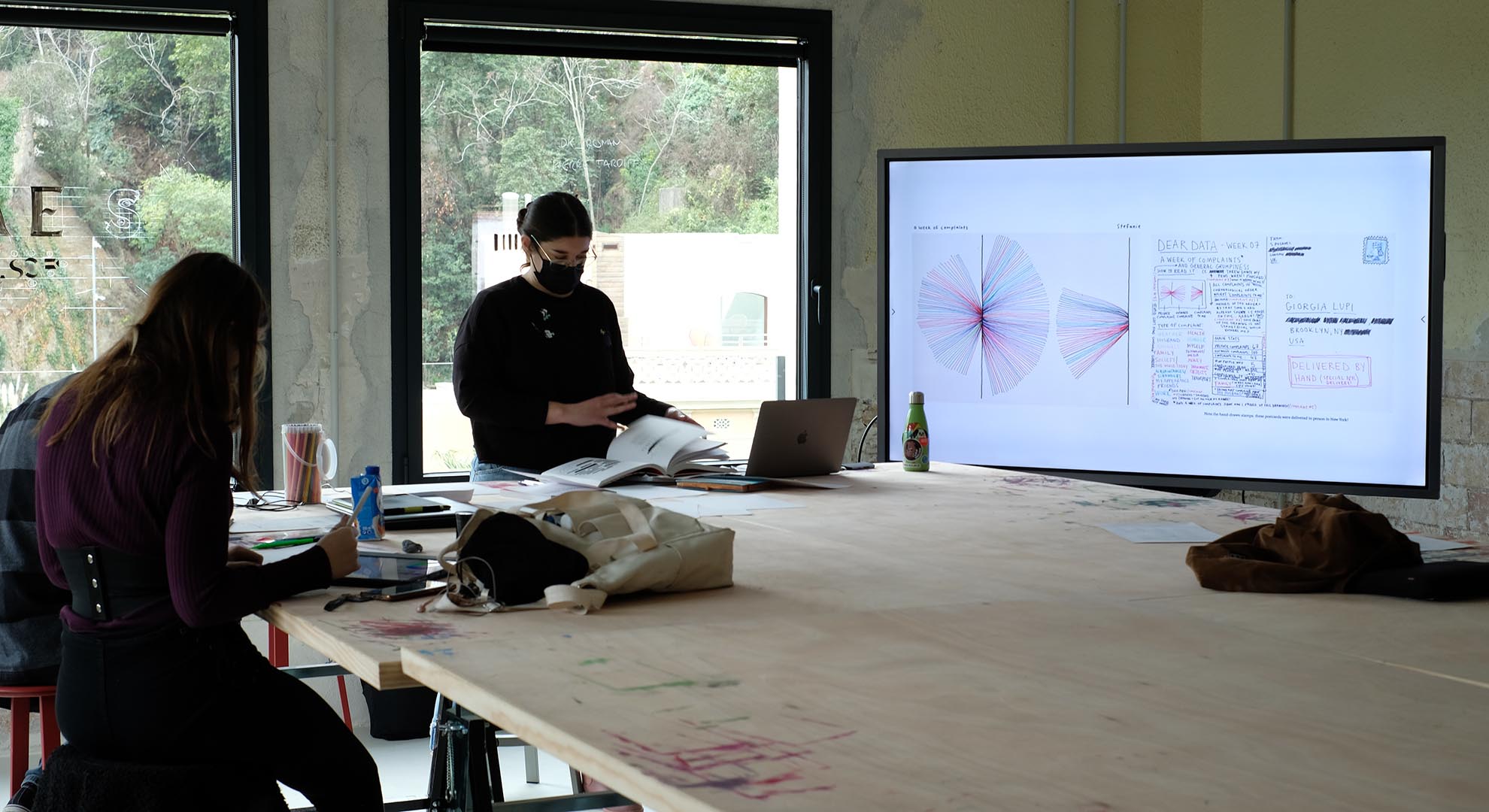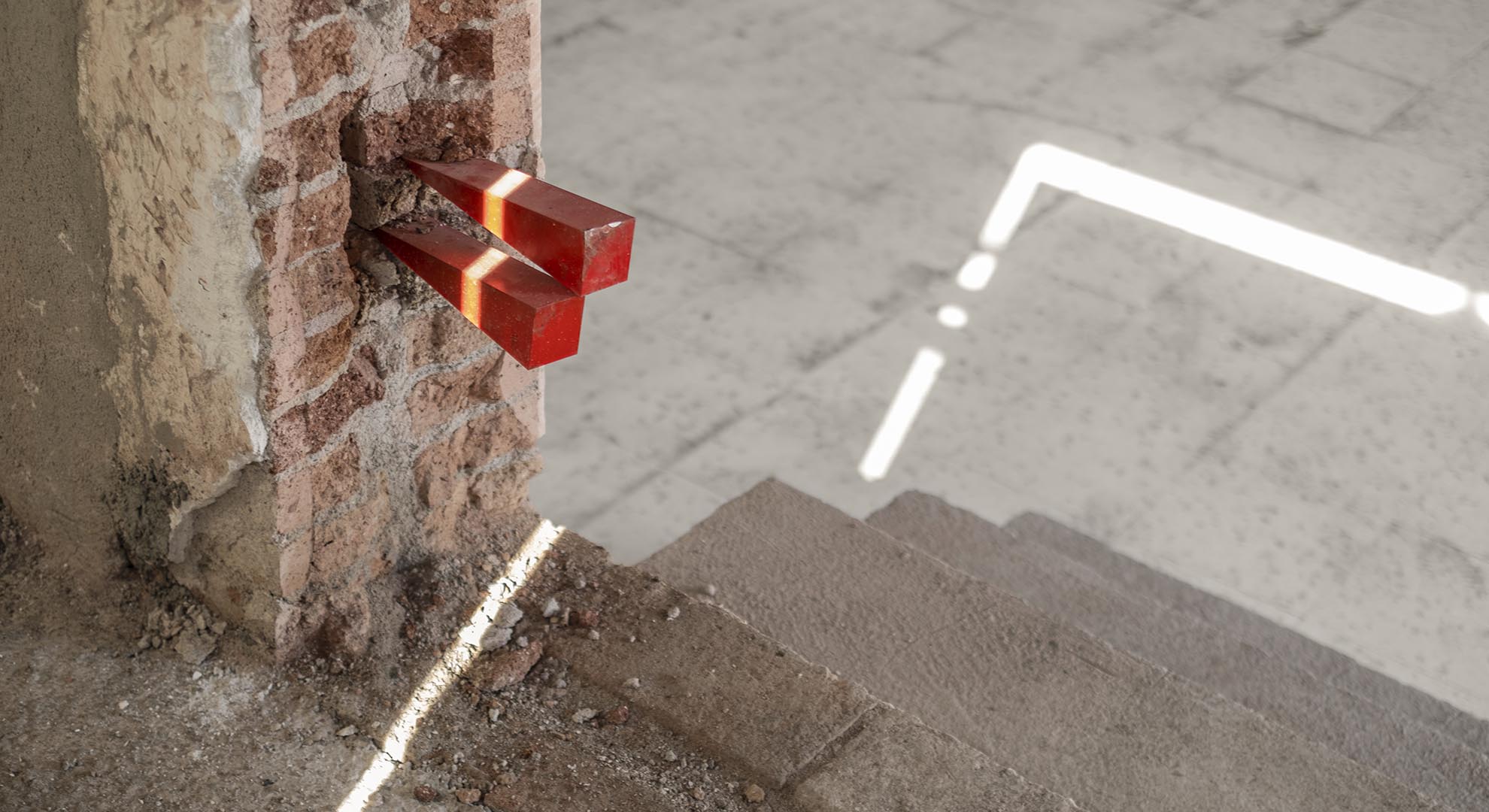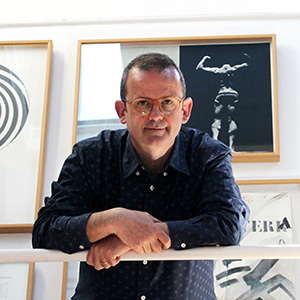A New Technological Era
Towards an architecture of the senses
“Materiality” and “methodology” used to be set apart by a centuries-old tradition of separating mind and matter. Just 25 years ago, we would have had no doubt that technology was the correct solution to obtain new methods and solutions to make ends meet, along with new materials that would make our environment better and permit longer, more productive and enjoyable lives. This is not so anymore. One of the most striking changes of our digital times has been the strong polarization between technology and materiality observed in all fields of human endeavor, including design.
In fact, what took place between mind and matter was a certain hierarchical authority of the former over the latter: the human capacity to reason, learn and think was believed to be far superior—and more desirable!—than the ignoble inefficacy of material bodies, which seemed to only hinder the immense capacities of humans to develop. This solely human characteristic became the foundation of science, knowledge, technology and progress. The potential of a full domination over nature and matter set a new standard for humanity resulting in advances in medicine and health, buildings and cities, money and capitalism, along with all other aspects of human development.
Digital technologies are the natural outcome to several centuries of belief in mathematics, logic, and the construction of machines to tame the natural forces and make them work in our behalf. That is, the embodiment of rationality taking control over natural, physical processes. In a way, they are just the last step in the quest for absolute rationality, and Artificial Intelligence is but one more of these possibilities: Machines that think, that control matter, the ultimate wonder, the embodied mind in a material machine.

Adding layers of complexity to the design process. EINA Bosc, Barcelona, 2022. Photo © Natàlia Cornudella
Without a doubt, digital technologies have completely transformed the architectural landscape, introducing new forms of representation and communication, and even interaction with buildings. But are all these dreams real? Can we rule over nature with the sole power of our minds? Are our bodies just a vehicle for these wonders of nature? Is nature itself just “matter” for us to mold?
After multiple economic, environmental, political and supply crises, the road is paved for huge global challenges that put us—and the rest of the natural world—on the verge of extinction: overpopulation, material scarcity, climate change. With them, our faith in rationality is beginning to fade, and the law of the pendulum is being applied with force. We are witnesses to a return to the senses, a new balance in the relative weights between mind and matter (“soul” and “body”), and an increasing need to recenter experience and memory. Interestingly, it has been science and technology that have helped us to realize that mind and body are profoundly interrelated, and function as one.
The big question is: How do we know? How do we go about the world, living and experiencing it? With the senses, with our minds, or both?
The understanding that body and mind create an inseparable complex, that extends far beyond ideas and processes, is changing everything. Indeed, this body–mind complex is the locus of rationality, but it is also ruled by emotions, by experience, by memories ... Together these phenomena are a more powerful track to a better understanding of how to transform the way we come about things.
Far richer than it used to be, today's understanding of “knowing” extends beyond abstract knowledge learned in books. We are discovering that it is possible to learn through “action” and “experience” to great effect. There is significant, tacit knowledge behind what we enact with our bodies, and even behind what we do for our peers, in our community. Our skills, our emotions, complement the analytical knowledge of our minds, interacting in complex ways to create far more powerful forms of understanding and going about the world. Our minds, our brains, are capable of adaptation, literally transforming themselves as they go, maintaining the traces of all past experiences, and therefore physically embodying memory. One more connection between physis and idea.

Traditional materials and methods of construction are being reevaluated and used. EINA Bosc, Barcelona, 2022. Photo © Natàlia Cornudella
As a result, architects, designers and other professionals are slowly returning to craft and hands-on experience, as a way to approach materiality and breach the gap, but also in an effort to reject consumerism, and counter this detachment from the “real” world. They are complementing theoretical constructs with new approaches: establishing new and closer relationships with clients and engaging in collaborative and community methodologies. They are also researching traditional forms of construction and the recycling of old and used materials as ways to regain old and lost wisdom as well as create stronger ties with the past.
Curiously enough, this trend is by no means a retreat to nostalgia, or an abandonment of progress and intelligence. On the contrary, it proposes a strategy of “stop and start again.” by adding new layers and complexity to the design process. Technology is and will be present; progress is and will be the goal but understood within a new sensitivity. New layers of emotion and materiality are being added, and while showing respect for others and for nature, we are taking a step forward, hopefully setting the ground for the preservation of the planet and ourselves.
Main image: Increasingly architects and designers are recycling and restoring existing spaces for new uses, EINA Bosc, Barcelona, 2022. Photo © Natàlia Cornudella
